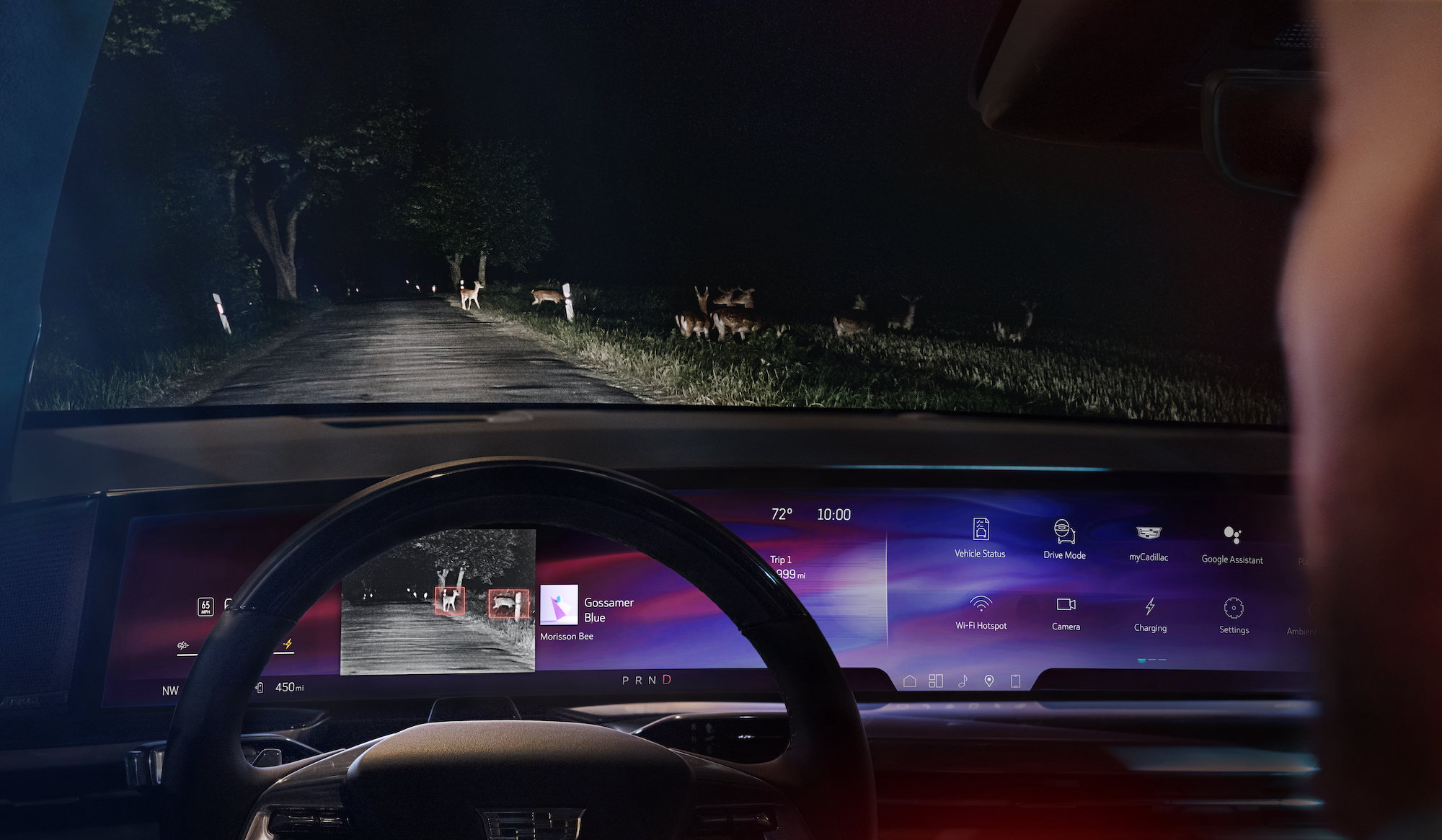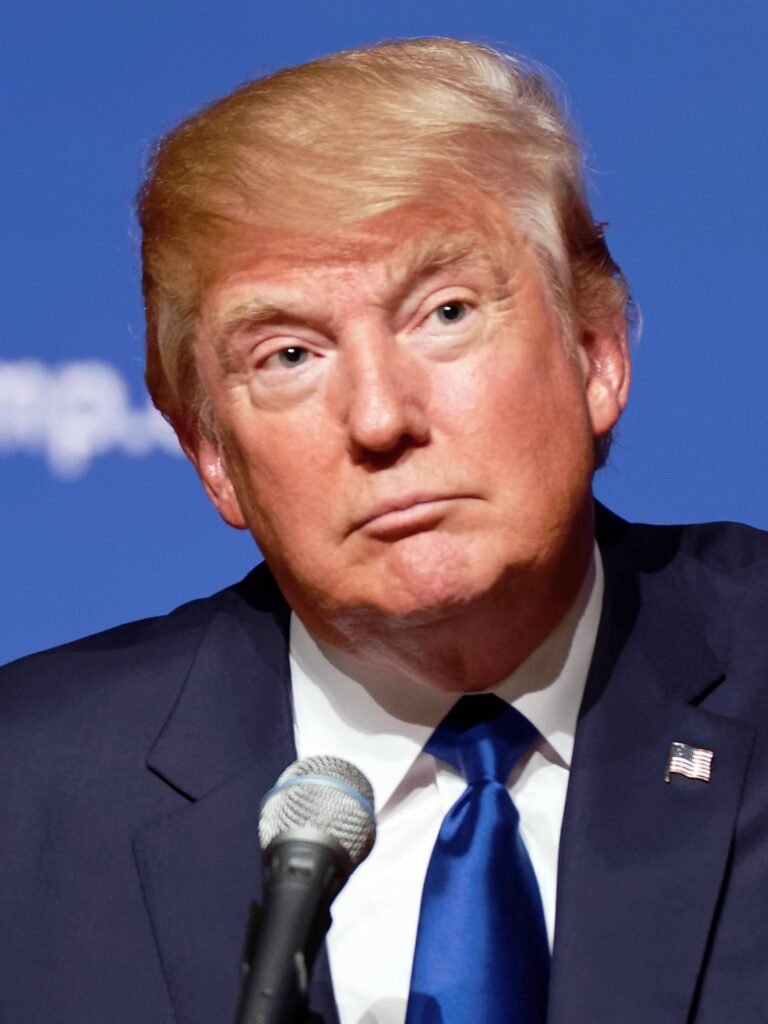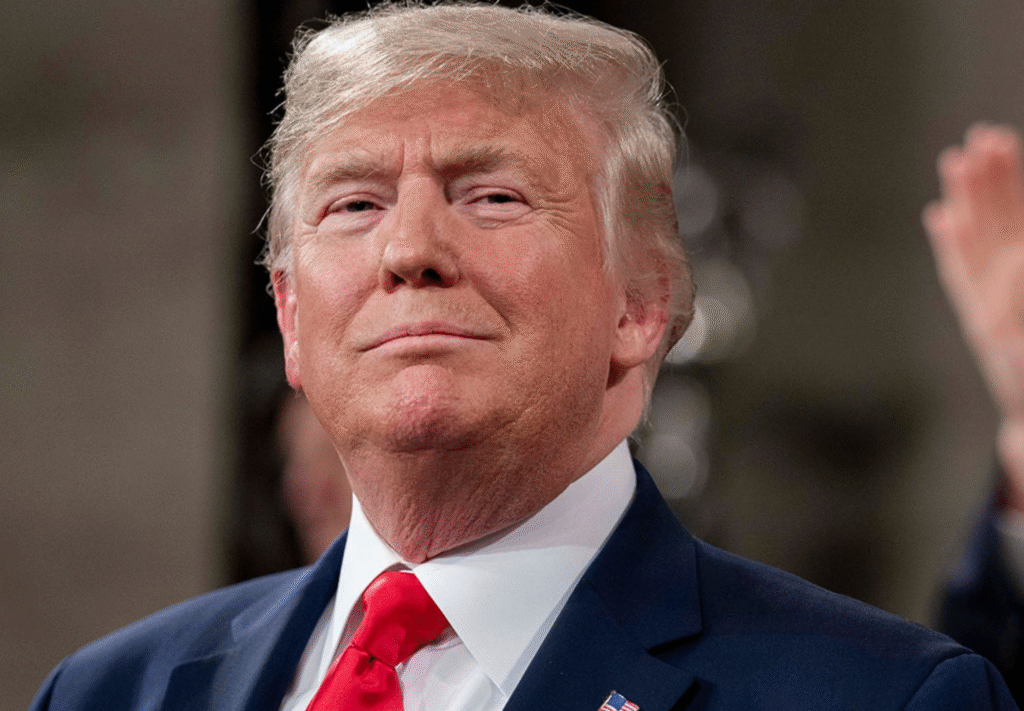World News
The all-electric 2025 Cadillac Escalade IQ is loaded with tech and wrapped up in big ol’ package on August 9, 2023 at 4:02 pm

Like most manufacturers these days, Cadillac is looking to go all-electric in the next few years. By 2030, the company hopes to have its entire fleet run solely on electrons — no PHEVs or mild hybrids here, folks — and to do that, it needs something big to win the hearts and minds of its base.
Enter the Escalade, which was revealed Wednesday after months of teasers and speculation of what an EV version of its flagship SUV would look like.
This popular full-size SUV is going full BEV for 2025, laden with screens, luxury features, an estimated 450 miles of range and the option to upgrade the automaker’s standard advanced driver assistance system, known as Super Cruise, to the next-level Ultra Cruise, as long as you’re willing to wait a bit.
The Escalade isn’t the first Cadillac to get the EV treatment. The compact SUV Lyriq can be had for just under $59,000 while the halo Celestiq sedan goes big starting at $340,000. The 2025 Escalade IQ is nowhere near that six-figure figure price, starting at around $130,000 including destination. Available in Luxury or Sport trims, look for the Escalade IQ at the end of 2024, when it will be sold alongside the traditional Escalade.
Ultra Cruise on its way
GM’s Super Cruise driving assist feature has always been a favorite of mine, allowing for hands-free/eyes-up driving across 400,000 miles of pre-mapped roads in the United States and Canada. It’s smooth, confident and takes away the stress of longer road trips and heavy traffic commuting.
The Escalade IQ will be shipped with all the cameras, radars and LiDAR needed for Ultra Cruise. The software will then be pushed to owners via an OTA update once GM determines its safe for use. This tech covers 2 million miles of mapped roads and can stop at traffic lights and stop signs. Cadillac says it can follow a route at the speed limit, take turns at corners and even park in your driveway. However, the company did not say when it would push the feature to the Escalade, only that it wouldn’t do so until it feels the technology is ready.
The Escalade IQ will be built on GM’s Ultium platform with a 24-module 200 kWh battery– enough storage for a Cadillac-estimated 450 miles of range. The SUV will launch with CSS charging but Cadillac says it is partnering with NCAS so the Caddy should be able to utilize the Tesla charging network as well. The 800-volt architecture means the thing can charge at 350 kW, adding 100 miles of range in 10 minutes or so in optimal conditions. An onboard 19.2 kW charger can add 37 miles for each hour of Level 2 charging at home. Not too shabby.
First look ideations
Although I didn’t get a chance to drive the Escalade — in fact Cadillac reps hardly wanted me to touch the static display car — representatives talked me through the features of the large SUV and certainly whetted my appetite to get behind the wheel. Here’s what I imagine might happen.
Six friends and I approach the Escalade IQ that has been squeezed into a parallel parking spot on the street. The front and rear lighting signatures do a little welcome dance and the driver’s side door opens automatically. Two pals put their backpacks into the eTrunk up front, not quite taking up the 12 cubic feet of space under the front hood. Meanwhile, I slide into the driver’s seat– it’s sumptuous leather, heated, cooled and massaging, natch– press the brake pedal and the door closes automatically.
The 55-inch LED display goes from pillar to pillar, powered by the next generation Snapdragon 12 Cockpit Platform. Google is built in with Maps, Play and Assistant. While I set my navigation my shotgun passenger starts exploring her screen for entertainment, but it’s polarized so I can’t see it from the driver’s seat.
My third row passengers easily climb into the rearward seat while my second row passengers are treated to the optional Executive Seating package. They drop the tray tables, turn on their massaging seats and start exploring the 12.6-inch personal seatback screens. There are wireless charging pads back there, plus USB-C and HDMI ports. Those folks are set for the trip.
I put the Escalade IQ in gear and the available Arrival mode utilizes the rear steering to move the large SUV with– and I’m not joking here– 35-inch tires diagonally out of the tight parking space and into traffic. We are off to the races.
That’s about as far as I want to speculate as to the driving experience of the Escalade until I actually get to pilot the beast. For now I’ll just tell you that Cadillac estimates the front and rear drive motors produce up to 750 horsepower and 785 pound-feet of torque, but you have to be in the Velocity Max drive mode. Normal mode produces a still healthy 680 ponies and 615 pound-feet of torque. The Escalade can scoot to 60 miles per hour in less than five seconds and can tow a maximum of 8,000 pounds. Further, If you have an Ultium Home energy management system you can use the Escalade IQ to power your home if need be.
Sleek and sizeable
As for the looks of the Escalade IQ — it’s good. And large. But good.
At 136.2 inches, the wheelbase is longer than a traditional ICE Escalade ESV, though its overall length of 224.3 inches can’t quite match the ESV’s expanse. It’s wider than the gas model and the shoulder line of the vehicle matches my shoulder — and I’m a relatively-tall 5-foot, 9-inches.
Cadillac wouldn’t say how much it weighs, but the current Escalade can weigh upwards of 6,000 pounds and 200 kWh worth of batteries ain’t light. Meaning this Escalade might follow a similar uber-heavy path that GM’s other hefty EVs, like the GMC Hummer have followed.
The 24-inch alloy wheels are pushed way out to each corner, resulting in a long dash-to-axle ratio. However, the rest of the vehicle is just as big so nothing looks out of proportion. The rear roofline slopes down and its streamlined profile give the SUV a 15-percent lower coefficient of drag than in past models. I can dig it.
Lighting plays a big part in the Escalade IQ’s design aesthetic. Inside the door panels feature laser-etched wood trim that lights up with your choice of 126 ambient lighting colors. Outside, I love the vertical-oriented headlamps in front flanked by the fun grille lighting but it’s the rear that gets me. The tail lights are split with thin blades surrounding the rear glass and larger pieces down below.
The outermost part of those lower tail lamps have a piano-like design feature that catches the eye while the third brake light on the spoiler is designed with a little blip in the middle, kind of like a lighted heartbeat. Taken altogether it gives the Escalade IQ a very distinct nighttime stance and is one of the better-designed rear ends I’ve seen in quite some time.
Like most manufacturers these days, Cadillac is looking to go all-electric in the next few years. By 2030, the company hopes to have its entire fleet run solely on electrons — no PHEVs or mild hybrids here, folks — and to do that, it needs something big to win the hearts and minds of its
News
US May Completely Cut Income Tax Due to Tariff Revenue

President Donald Trump says the United States might one day get rid of federal income tax because of money the government collects from tariffs on imported goods. Tariffs are extra taxes the U.S. puts on products that come from other countries.

What Trump Is Saying
Trump has said that tariff money could become so large that it might allow the government to cut income taxes “almost completely.” He has also talked about possibly phasing out income tax over the next few years if tariff money keeps going up.
How Taxes Work Now
Right now, the federal government gets much more money from income taxes than from tariffs. Income taxes bring in trillions of dollars each year, while tariffs bring in only a small part of that total. Because of this gap, experts say tariffs would need to grow by many times to replace income tax money.
Questions From Experts
Many economists and tax experts doubt that tariffs alone could pay for the whole federal budget. They warn that very high tariffs could make many imported goods more expensive for shoppers in the United States. This could hit lower- and middle‑income families hardest, because they spend a big share of their money on everyday items.
What Congress Must Do
The president can change some tariffs, but only Congress can change or end the federal income tax. That means any real plan to remove income tax would need new laws passed by both the House of Representatives and the Senate. So far, there is no detailed law or full budget plan on this idea.

What It Means Right Now
For now, Trump’s comments are a proposal, not a change in the law. People and businesses still have to pay federal income tax under the current rules. The debate over using tariffs instead of income taxes is likely to continue among lawmakers, experts, and voters.
News
Epstein Files to Be Declassified After Trump Order

Former President Donald Trump has signed an executive order directing federal agencies to declassify all government files related to Jeffrey Epstein, the disgraced financier whose death in 2019 continues to fuel controversy and speculation.
The order, signed Wednesday at Trump’s Mar-a-Lago estate, instructs the FBI, Department of Justice, and intelligence agencies to release documents detailing Epstein’s network, finances, and alleged connections to high-profile figures. Trump described the move as “a step toward transparency and public trust,” promising that no names would be shielded from scrutiny.
“This information belongs to the American people,” Trump said in a televised statement. “For too long, powerful interests have tried to bury the truth. That ends now.”
U.S. intelligence officials confirmed that preparations for the release are already underway. According to sources familiar with the process, the first batch of documents is expected to be made public within the next 30 days, with additional releases scheduled over several months.
Reactions poured in across the political spectrum. Supporters praised the decision as a bold act of accountability, while critics alleged it was politically motivated, timed to draw attention during a volatile election season. Civil rights advocates, meanwhile, emphasized caution, warning that some records could expose private victims or ongoing legal matters.
The Epstein case, which implicated figures in politics, business, and entertainment, remains one of the most talked-about scandals of the past decade. Epstein’s connections to influential individuals—including politicians, royals, and executives—have long sparked speculation about the extent of his operations and who may have been involved.

Former federal prosecutor Lauren Fields said the release could mark a turning point in public discourse surrounding government transparency. “Regardless of political stance, this declassification has the potential to reshape how Americans view power and accountability,” Fields noted.
Officials say redactions may still occur to protect sensitive intelligence or personal information, but the intent is a near-complete disclosure. For years, critics of the government’s handling of Epstein’s case have accused agencies of concealing evidence or shielding elites from exposure. Trump’s order promises to change that narrative.
As anticipation builds, journalists, legal analysts, and online commentators are preparing for what could be one of the most consequential information releases in recent history.
Politics
Netanyahu’s UN Speech Triggers Diplomatic Walkouts and Mass Protests

What Happened at the United Nations
On Friday, Israeli Prime Minister Benjamin Netanyahu addressed the United Nations General Assembly in New York City, defending Israel’s ongoing military operations in Gaza. As he spoke, more than 100 delegates from over 50 countries stood up and left the chamber—a rare and significant diplomatic walkout. Outside the UN, thousands of protesters gathered to voice opposition to Netanyahu’s policies and call for accountability, including some who labeled him a war criminal. The protest included activists from Palestinian and Jewish groups, along with international allies.

Why Did Delegates and Protesters Walk Out?
The walkouts and protests were a response to Israel’s continued offensive in Gaza, which has resulted in widespread destruction and a significant humanitarian crisis. Many countries and individuals have accused Israel of excessive use of force, and some international prosecutors have suggested Netanyahu should face investigation by the International Criminal Court for war crimes, including claims that starvation was used as a weapon against civilians. At the same time, a record number of nations—over 150—recently recognized the State of Palestine, leaving the United States as the only permanent UN Security Council member not to join them.
International Reaction and Significance
The diplomatic walkouts and street protests demonstrate increasing global concern over the situation in Gaza and growing support for Palestinian statehood. Several world leaders, including Colombia’s President Gustavo Petro, showed visible solidarity with protesters. Petro called for international intervention and, controversially, for US troops not to follow orders he viewed as supporting ongoing conflict. The US later revoked Petro’s visa over his role in the protests, which he argued was evidence of a declining respect for international law.

Why Is This News Important?
The Gaza conflict is one of the world’s most contentious and closely-watched issues. It has drawn strong feelings and differing opinions from governments, activists, and ordinary people worldwide. The United Nations, as an international organization focused on peace and human rights, is a key arena for these debates. The events surrounding Netanyahu’s speech show that many nations and voices are urging new action—from recognition of Palestinian rights to calls for sanctions against Israel—while discussion and disagreement over the best path forward continue.
This episode at the UN highlights how international diplomacy, public protests, and official policy are all intersecting in real time as the search for solutions to the Israeli-Palestinian conflict remains urgent and unresolved.

 Entertainment4 weeks ago
Entertainment4 weeks agoColombia’s ‘Doll’ Arrest: Police Say a 23-Year-Old Orchestrated Hits, Including Her Ex’s Murder

 Entertainment4 weeks ago
Entertainment4 weeks agoHow The Grinch Became The Richest Christmas Movie Ever

 Entertainment4 weeks ago
Entertainment4 weeks agoMiley Cyrus Is Engaged to Maxx Morando

 Film Industry3 weeks ago
Film Industry3 weeks agoDisney Brings Beloved Characters to ChatGPT After $1 Billion OpenAI Deal

 Business4 weeks ago
Business4 weeks agoLuana Lopes Lara: How a 29‑Year‑Old Became the Youngest Self‑Made Woman Billionaire

 Entertainment4 weeks ago
Entertainment4 weeks agoMariah Carey’s One Holiday Hit Pays her $3.3 Million a Year

 Film Industry3 weeks ago
Film Industry3 weeks agoNetflix Got Outbid: Paramount Drops a $108 Billion Cash Bomb on Warner Bros.

 Entertainment4 weeks ago
Entertainment4 weeks agoAnne Hathaway Just Turned Her Instagram Bio Into a 2026 Release Calendar




























